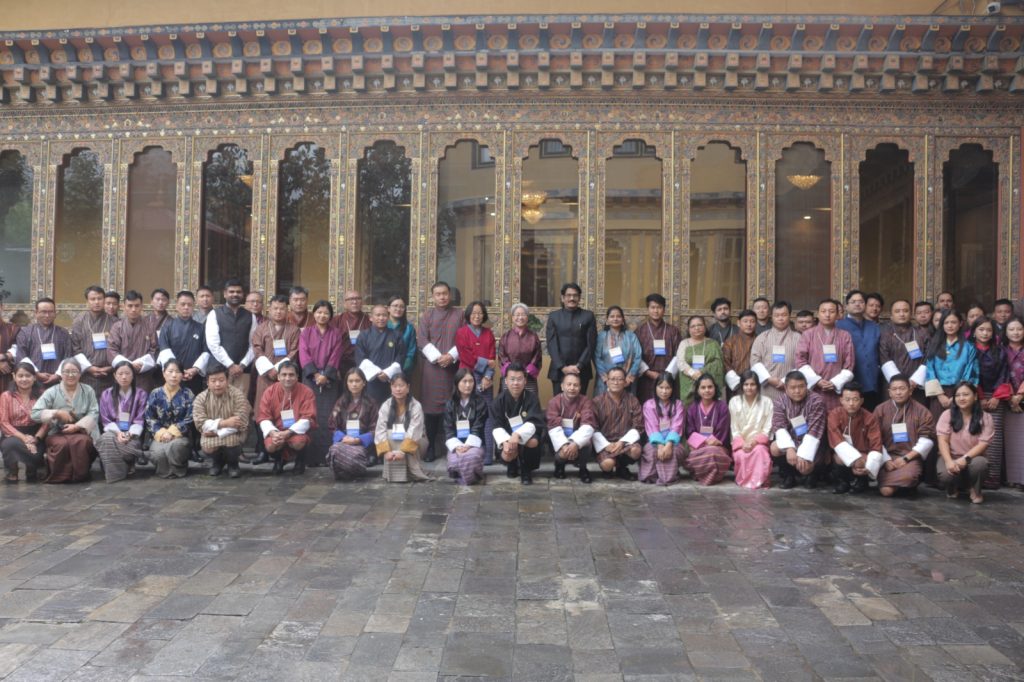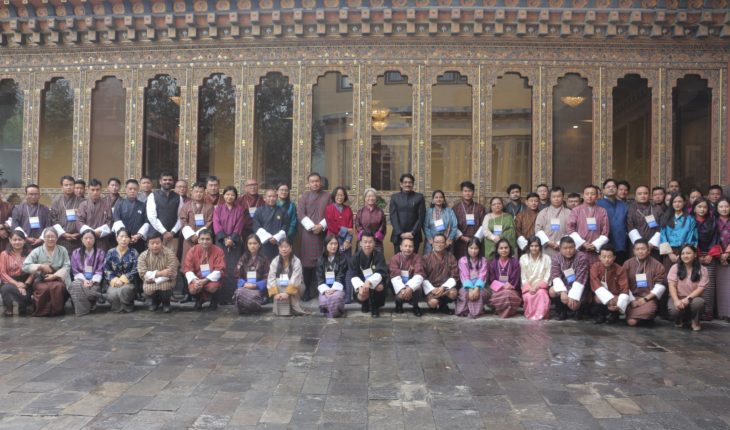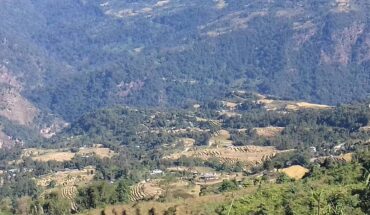
DAWA ZANGMO | Thimphu
The State of Global Air 2024 report revealed that air pollution was responsible for 14 percent of all deaths in Bhutan in 2021, equating to 82 deaths per 100,000 people.
In addition, the country’s average concentration of PM2.5 stands at 45 µg/m³, nearly nine times the World Health Organization’s safe guideline of 5 µg/m³.
PM2.5, consisting of microscopic particles that penetrate deep into the lungs and bloodstream, is the leading cause of pollution-related deaths.
It is closely linked to chronic respiratory conditions such as asthma and bronchitis, as well as cardiovascular diseases and strokes.
Experts warn that without timely intervention, the public health burden could rise, straining Bhutan’s healthcare system and undermining the country’s overall well-being.
As a measure to curb this malady, Bhutan has embarked on the development of its first National Clean Air Action Plan (NCAAP) in response to mounting air pollution threats that are increasingly affecting public health, ecosystems, and the country’s carbon negative reputation.
The initiative was officially launched during an inception workshop held in Thimphu on 15th September.
The meeting brought together ministries, government agencies, technical experts, and development partners to lay the groundwork for a comprehensive and long-term national strategy.
The inception workshop outlined the key objectives for the NCAAP. These include assessing current challenges and gaps in existing policies and implementation.
The action plan is being spearheaded by the Department of Environment and Climate Change (DECC) under the Ministry of Energy and Natural Resources, in partnership with the International Centre for Integrated Mountain Development (ICIMOD).
The effort is supported by the Himalayan Resilience Enabling Action Programme of the United Kingdom International Development.
Addressing the participants, DECC Director Sonam Tashi highlighted the significance of the moment. “This is a time of transition in power and responsibility, because we are building on our past while preparing for the future,” he said. “What is important is not just having plans on paper, but making sure they are ambitious and practical.”
He stressed that tackling air pollution requires not only robust policy frameworks but also sustained collaboration across institutions and sectors.
“We must continue to intensify cooperation, balancing economic growth with technological innovation while reducing emissions,” he added.
Bhutan is globally admired for its environmental leadership, being the world’s first carbon-negative country and maintaining a pledge to remain carbon neutral for all time.
Yet, the country now faces new environmental realities driven by rapid urbanization, an increasing number of vehicles, industrial expansion, biomass burning, and waste disposal.
While Bhutan’s air remains relatively cleaner than that of most South Asian nations, urban such as Thimphu, Phuentsholing, and Samdrup Jongkhar are witnessing worrying spikes in pollution levels.
The Himalayan foothills as a whole have faced deteriorating air quality, particularly during winter and spring.
According to the Copernicus Atmosphere Monitoring Service, countries across the region including Bangladesh, Nepal, India, and Pakistan recorded hazardous levels of fine particulate matter (PM2.5) in recent years, causing widespread haze and affecting millions of people.
Bhutan has not been spared, with much of its declining air quality linked to cross border pollution drifting across national boundaries.
Local factors further exacerbate the issue. Winter brings low humidity and stagnant air conditions, which trap pollutants near the ground.
The season is also marked by a higher risk of forest fires, while spring sees a surge in construction activities that release dust and emissions into the atmosphere.
Clarifying institutional roles and responsibilities across government and non-government sectors. Developing robust data systems to support evidence-based policymaking.
Creating emission inventories and source apportionment studies to identify the main contributors of pollution. Strengthening monitoring and enforcement mechanisms to ensure compliance.
Establishing coordination platforms that bring together multiple stakeholders to implement the plan effectively.
Participants emphasized that the action plan must be dynamic and adaptive, evolving alongside Bhutan’s economic and social transitions.
They also noted the importance of regional collaboration, given that boundary pollution is a major contributor to declining air quality.
Director Sonam Tashi cautioned that combating air pollution is not a one-off exercise. “This cannot be a one-time plan it has to be continuous, because the environment is dynamic,” he said. “A strategy is not just a policy document; it must identify clear priorities and provide space for solutions to evolve.”
They further underscored the need for innovative approaches, such as cleaner energy technologies, sustainable urban planning, and better waste management practices.
Bhutan’s leadership in sustainability has long served as a model for the world. As the country navigates the twin challenges of economic growth and environmental stewardship, the National Clean Air Action Plan is seen as a crucial step in preserving its natural legacy while addressing modern threats.
Observers noted that the initiative has broader implications beyond Bhutan’s borders. With air pollution being a regional and global issue, Bhutan’s proactive measures could inspire neighbouring countries to strengthen their own responses.





